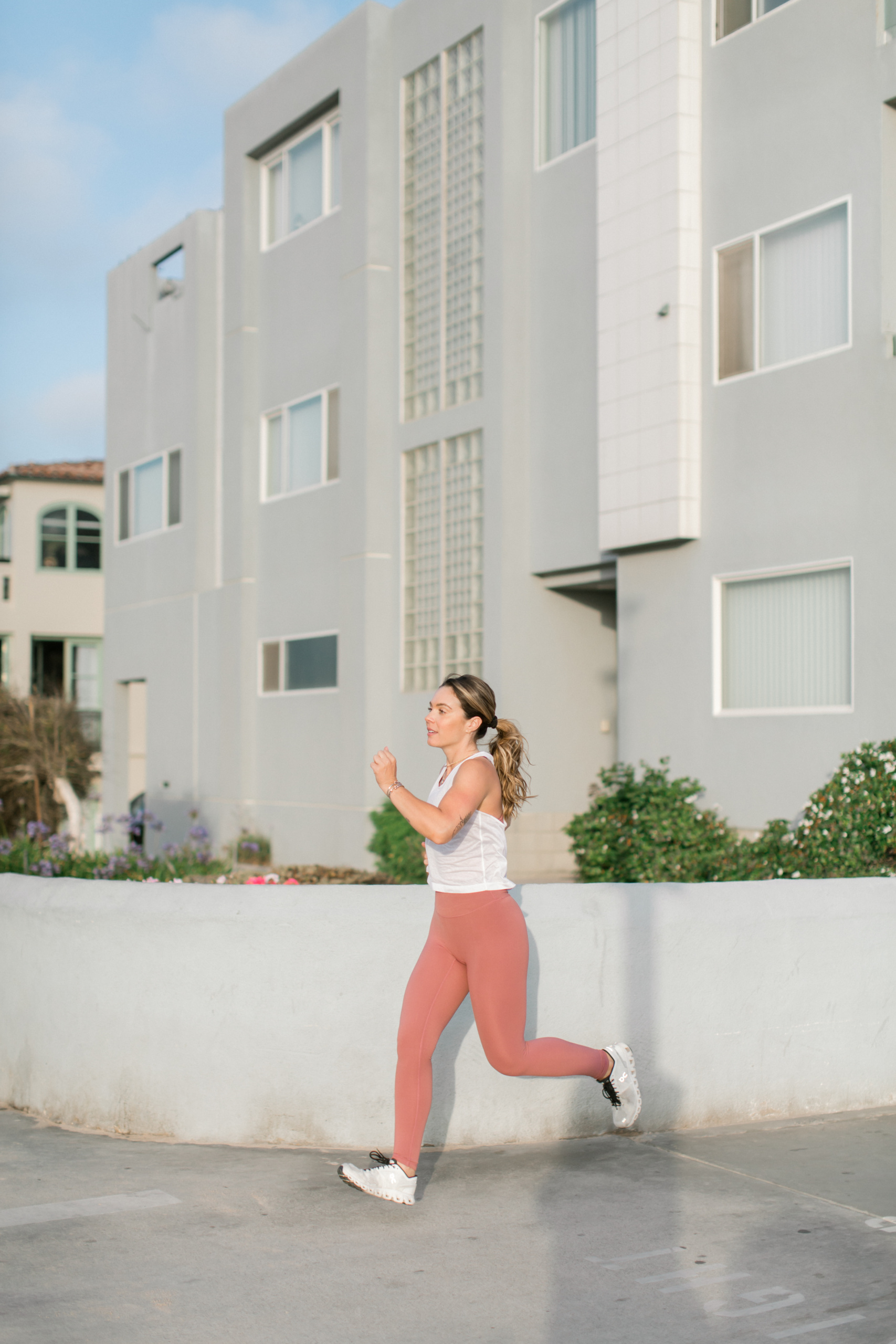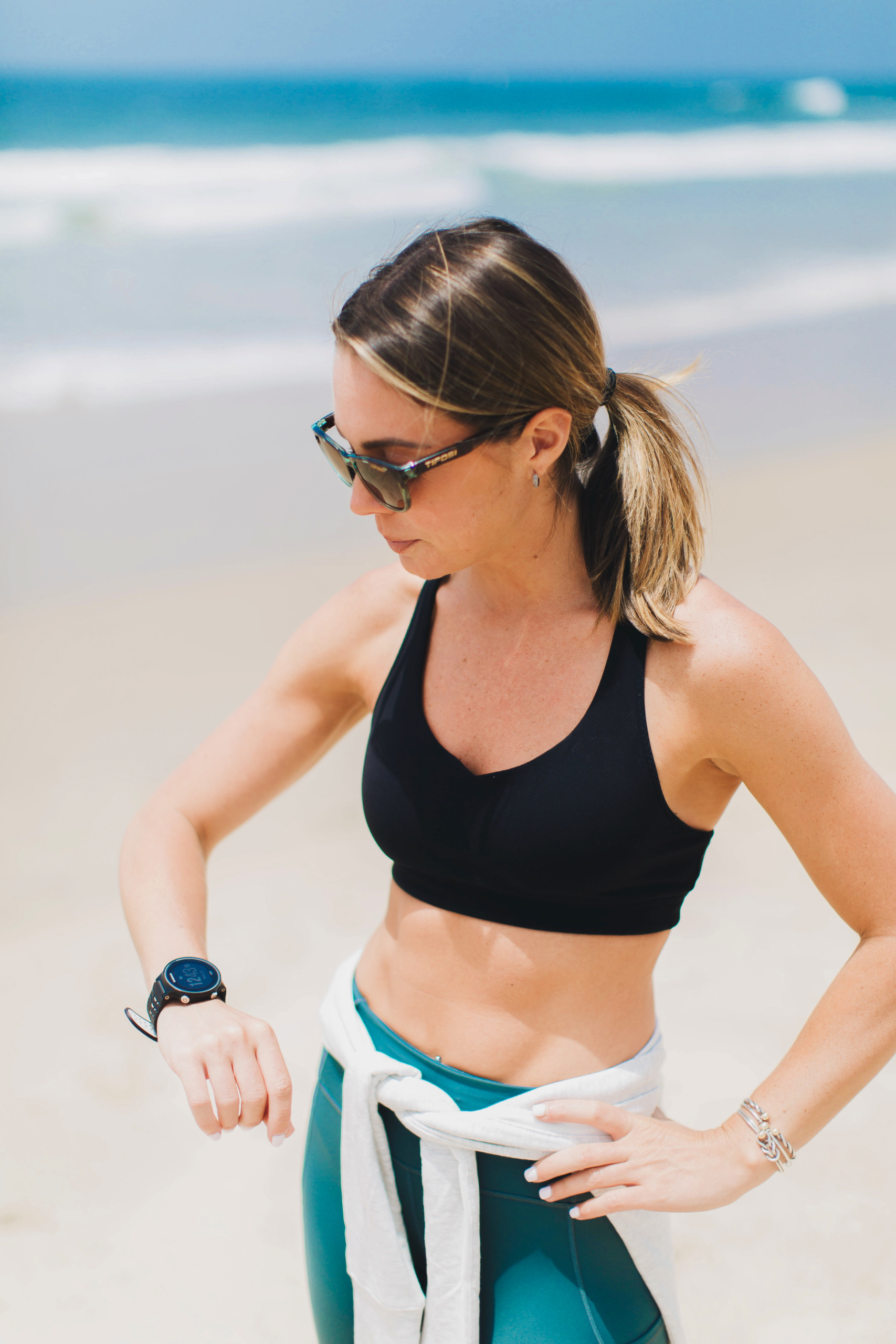
Believe it or not, running in the rain can actually be enjoyable. It brings an undeniable peace that is hard to describe! While it doesn’t rain much, here in Southern California, rainy runs fill me with nostalgia and remind me of Summers back home. Yet, inevitably, running in the rain also creates it’s own set of challenges. So, it’s important to plan ahead and prepare for any possible rainy dilemmas.
Benefits of Running in the Rain
During the rainy season, temperatures are usually lower than normal. That said, training in suboptimal conditions is a great way to improve health and fitness. These cooler conditions encourage the body to reach new levels of strength, increasing our cardiovascular ability. Also, increased endurance is a natural, positive consequence to running in the rain, as the rain provides a cooling effect to the skin. In turn, the body expends less energy to cool down via sweat.
Risks of Running in the Rain
Clearly, the number one risk of running in the rain is getting wet. For some, this is a small inconvenience. For others, running in wet clothes serves as a glaring nuisance and danger. The pavement can get slippery, making running dangerous at times, but increasing your focus and vigilance along your route will keep you safe.
In addition, a common concern during rainy runs is experiencing a runny nose. During these runs, the respiratory system kicks into overdrive, producing mucus to humidify and warm the cold air you are breathing in. While it might be annoying, a runny nose is not cause for concern.
Personally, I enjoy running in the rain. However, it’s important to do so in the safest way possible!

Safety Tips for Running in the Rain
- Safety First- Check the weather to make sure that there won’t be any thunder and lightning during your run. If you’re concerned about possible storms sneaking up on you, stay close to home so you can return quickly, if needed.
- Plan Out Your Shoes– Have a backup pair of running shoes. If it’s raining hard during a longer run, your shoes will inevitably get wet. Consider wearing older shoes when running in the rain. When you return, put some crumpled up newspaper in your shoes to absorb the moisture and speed up drying time.
- Watch for Cars– Make yourself visible to drivers, even during the day. Visibility decreases in the rain, so wear clothing with reflective strips or break out your neon wear!
- Pick appropriate Clothing– Try to find clothes that are somewhat tight fitting and also sweat-wicking. Dress warm enough for running in the rain, but not too warm that you will overheat. Consider a running rain vest and a good quality pair of performance socks.
- Pay Attention to Hydration– Drink up! When it’s raining, it can be easy to forget about hydration. Remember to get your fluid in before, after, and during your run.
- Wear a Hat– Cover your head with a hat that will extend over your face to prevent water from pelting you in the face while you run.
- Waterproof Your Phone– Protect your phone from the water. The simplest solution is to tuck your phone in a Ziplock bag before you leave. I did this during the Portland Marathon and it worked perfectly.
- Prevent Chafing- Use Body Glide to reduce the risk of chafing. This is a game charger!
- Get Out of Wet Clothes ASAP– Change into dry clothes as soon as you are done with your run. This helps your body temperature regulate quickly, shortening your recovery time. And ladies, staying in wet clothes too long can increase the risk for yeast infections and other unwanted health issues.
While running in the rain isn’t the most convenient or fun way to train, it is often necessary for consistency and progress. Implementing these simple tips can turn a mundane, “check-list” run into an enjoyable and pleasant one. I like to think of it as mastering the “art of running in the rain.”






